If you're a DIY enthusiast or just someone who enjoys fixing things around the house, you've probably come across Teflon tape. This thin, white tape is a staple in any plumber's toolkit and is commonly used to seal pipe threads. But if you've never used Teflon tape before, you may be wondering how exactly to use it. Don't worry, we've got you covered. Here's a step-by-step guide on how to use Teflon tape on pipe threads. Step 1: Gather Your Materials Before you begin, make sure you have all the necessary materials. This includes Teflon tape, a clean rag or towel, and the pipe or fitting you will be working with. Step 2: Prep the Threads Start by cleaning the pipe threads with a rag or towel. This will remove any dirt, debris, or old tape that may be present. A clean surface is crucial for a tight seal. Step 3: Begin Wrapping the Threads Hold the end of the Teflon tape against the pipe threads and begin wrapping it around in a clockwise direction. Make sure to stretch the tape as you wrap to ensure a tight seal. Continue wrapping until you reach the end of the threads. Step 4: Trim the Excess Tape Once you've wrapped the threads, tear or cut the tape to release it from the roll. Use your finger to press the end of the tape firmly against the threads to prevent it from unraveling. Step 5: Secure the Tape To make sure the tape is securely in place, run your finger along the threads in a clockwise direction. This will help to press the tape into the grooves and ensure a tight seal. Step 6: Test the Seal Once you've completed these steps, you can test the seal by connecting the pipes or fittings and turning on the water. If there are no leaks, then you've successfully used Teflon tape on pipe threads.1. How to Use Teflon Tape on Pipe Threads
If you're tackling a plumbing project, chances are you'll need to use Teflon tape at some point. This versatile tape is commonly used to seal pipe threads and prevent leaks. But where exactly can you buy Teflon tape and how do you know which one to choose? Here's a guide on where to buy and how to use Teflon tape for plumbing. Where to Buy Teflon Tape Teflon tape can be found at most hardware stores and home improvement centers. It is also readily available online, with many retailers offering different brands and sizes to choose from. When purchasing Teflon tape, make sure to check the label to ensure it is suitable for plumbing use. How to Use Teflon Tape for Plumbing We've covered the steps for using Teflon tape on pipe threads, but what about other plumbing applications? Here are a few other ways you can use Teflon tape for plumbing: - To prevent leaks on compression fittings: Apply a few wraps of Teflon tape to the male threads of the fitting before tightening it onto the female end. - To fix a leaking showerhead: Wrap Teflon tape around the shower arm threads before attaching the showerhead to prevent leaks. - To seal pipe connections: Before soldering copper pipes together, wrap Teflon tape around the threads to create a watertight seal.2. Teflon Tape for Plumbing: How to Use and Where to Buy
Kitchen sinks are one of the most frequently used fixtures in a home, which means the pipes underneath are constantly under stress. To prevent leaks and keep your sink functioning properly, it's important to use the right materials. One such material is Teflon tape, which offers several benefits when used on kitchen sink pipes. Prevents Leaks The main benefit of using Teflon tape on kitchen sink pipes is that it prevents leaks. The tape provides a tight seal between pipe threads, preventing water from leaking out and causing damage to your kitchen cabinets or floors. Resistant to Chemicals and High Temperatures Teflon tape is made from a material called polytetrafluoroethylene (PTFE), which is resistant to most chemicals and can withstand high temperatures. This makes it an ideal choice for kitchen sink pipes, as it will not break down or deteriorate when exposed to hot water or cleaning products. Easy to Use As we've mentioned before, using Teflon tape on pipe threads is a simple and straightforward process. It requires no special tools or skills, making it an easy solution for DIY enthusiasts and homeowners. Clean and Neat Unlike pipe dope or other sealants, Teflon tape is a clean and neat solution for sealing pipe threads. It doesn't leave behind any residue or mess, making it a preferred choice for many plumbers.3. The Benefits of Using Teflon Tape on Kitchen Sink Pipes
A leaky kitchen sink pipe can be a nuisance, causing damage to your cabinets and floors and wasting water. But before you call a plumber, you may be able to fix the problem yourself using Teflon tape. Here's a step-by-step guide on how to fix a leaky kitchen sink pipe with Teflon tape. Step 1: Turn Off the Water Supply Before you begin, make sure to turn off the water supply to your kitchen sink. This will prevent any water from leaking out while you work. Step 2: Identify the Leaky Pipe Inspect your kitchen sink pipes to identify which one is leaking. It may be a simple case of a loose connection or a damaged thread. Step 3: Clean the Pipe Threads Use a clean rag or towel to wipe the pipe threads clean. This will remove any dirt or debris that may be preventing a tight seal. Step 4: Apply Teflon Tape Wrap Teflon tape around the pipe threads in a clockwise direction, ensuring that you stretch and press the tape as you go along. Continue wrapping until you reach the end of the threads. Step 5: Test the Seal Turn the water supply back on and check for any leaks. If the leak has stopped, then you've successfully fixed the problem with Teflon tape.4. How to Fix a Leaky Kitchen Sink Pipe with Teflon Tape
When it comes to sealing pipes, there are two main options: Teflon tape and pipe dope. Both are commonly used by plumbers and DIY enthusiasts, but which one is better? Let's take a look at the differences between Teflon tape and pipe dope to determine which one is the superior choice for sealing pipes. Teflon Tape Teflon tape is a thin, white tape made from PTFE. It is commonly used to seal pipe threads and prevent leaks. Teflon tape is easy to use, clean, and offers a tight seal. It is also resistant to chemicals and high temperatures. Pipe Dope Also known as pipe joint compound, pipe dope is a paste-like substance that is used to seal pipe threads. It is made from a mixture of oils, resins, and solvents and is applied to the threads before connecting pipes or fittings. Pipe dope is messy to work with and requires more time and effort compared to Teflon tape. Which One is Better? The answer to this question ultimately depends on personal preference and the specific application. However, Teflon tape is generally considered to be the superior choice due to its ease of use, clean application, and resistance to chemicals and high temperatures.5. Teflon Tape vs Pipe Dope: Which is Better for Sealing Pipes?
Over time, kitchen sink pipes may become damaged or clogged and need to be replaced. This may seem like a daunting task, but with the right tools and knowledge, it can be done easily. Here's a step-by-step guide to replacing kitchen sink pipes. Step 1: Gather Your Materials Before you begin, make sure you have all the necessary materials, including a new P-trap, slip-joint nuts, washers, and Teflon tape. Step 2: Remove the Old P-Trap Using a pipe wrench or channel locks, loosen and remove the nuts and washers that connect the P-trap to the drain and tailpiece. Once these are removed, you can pull the P-trap off the sink. Step 3: Clean the Area Use a clean rag or towel to wipe away any debris or buildup from the area where the P-trap was connected. This will ensure a clean and secure connection for the new P-trap. Step 4: Install the New P-Trap Apply Teflon tape to the threads of the new P-trap and connect it to the drain and tailpiece, making sure to tighten the nuts and washers securely with a wrench or pliers. Step 5: Test the Connection Turn on the water supply and run water through the sink to test the new connection. Check for any leaks and make sure the water is draining properly.6. Step-by-Step Guide to Replacing Kitchen Sink Pipes
Dealing with a leaking kitchen sink pipe can be a hassle, but the good news is that it can easily be prevented. One of the best ways to prevent kitchen sink pipes from leaking is by using Teflon tape. Here's how: Step 1: Regular Maintenance To prevent leaks, it's important to regularly inspect your kitchen sink pipes for any signs of damage or wear. This could include corrosion, cracks, or loose connections. Catching these issues early on can save you from dealing with a major leak down the line. Step 2: Use Teflon Tape As we've mentioned before, Teflon tape is a great way to seal pipe threads and prevent leaks. Make sure to use it whenever you are connecting or reconnecting pipes to ensure a tight and secure seal. Step 3: Don't Over-Tighten When connecting pipes, it's important not to over-tighten the nuts and washers. This can cause damage to the threads and result in leaks. Use just enough pressure to create a seal without stripping the threads.7. How to Prevent Kitchen Sink Pipes from Leaking with Teflon Tape
Using Teflon tape for plumbing is a simple and effective way to create a tight seal between pipe threads. But if you want to ensure a perfect seal every time, here are a few tips and tricks to keep in mind. - Use the Right Amount of Tape When wrapping Teflon tape around pipe threads, make sure not to use too much or too little. You want enough tape to create a tight seal, but not so much that it causes problems when connecting pipes. - Stretch and Press the Tape To ensure a tight seal, stretch the Teflon tape as you wrap it around the threads. This will help to press the tape into the grooves and create a watertight seal. - Use the Correct Direction When wrapping Teflon tape, make sure to go in a clockwise direction. This is the direction in which the tape is designed to be used and will ensure a secure seal.8. Teflon Tape for Plumbing: Tips and Tricks for a Tight Seal
Kitchen sink pipes can face a variety of issues, from leaks to clogs and everything in between. But with the right knowledge and tools, many of these problems can be easily fixed. Here are some common kitchen sink pipe problems and how to fix them. - Leaks: As we've mentioned before, leaks can be caused by loose connections or damaged threads. Use Teflon tape to create a tight seal and make sure to regularly inspect your pipes for any signs of wear or damage. - Clogs: Kitchen sinks are prone to clogs due to food debris and grease buildup. To fix a clogged sink, you can try using a plunger or a drain snake to remove the blockage. Avoid using chemical drain cleaners, as they can damage your pipes. - Low Water Pressure: If you're experiencing low water pressure in your kitchen sink, it could be due to a clogged aerator. Remove the aerator and clean it thoroughly to improve water flow.9. Common Kitchen Sink Pipe Problems and How to Fix Them
The Importance of Using Teflon Tape for Kitchen Sink Pipes
/how-to-install-a-sink-drain-2718789-hero-24e898006ed94c9593a2a268b57989a3.jpg)
Prevent Leaks and Water Damage
 When it comes to designing a functional and efficient kitchen, one of the most important aspects to consider is the plumbing system. A properly installed and maintained plumbing system can save you from potential disasters such as leaks and water damage. This is where teflon tape comes in.
Teflon tape
, also known as PTFE tape, is a thin, white tape that is commonly used in plumbing to create a tight and leak-proof seal between threaded pipes and fittings.
When it comes to designing a functional and efficient kitchen, one of the most important aspects to consider is the plumbing system. A properly installed and maintained plumbing system can save you from potential disasters such as leaks and water damage. This is where teflon tape comes in.
Teflon tape
, also known as PTFE tape, is a thin, white tape that is commonly used in plumbing to create a tight and leak-proof seal between threaded pipes and fittings.
Easy to Use and Cost-Effective Solution
 One of the main reasons why
kitchen sink pipes
require teflon tape is because it is a simple and cost-effective solution. Unlike other plumbing materials, teflon tape is affordable and readily available at most hardware stores. Moreover, it is incredibly easy to use, making it a popular choice among DIY enthusiasts and professional plumbers alike.
One of the main reasons why
kitchen sink pipes
require teflon tape is because it is a simple and cost-effective solution. Unlike other plumbing materials, teflon tape is affordable and readily available at most hardware stores. Moreover, it is incredibly easy to use, making it a popular choice among DIY enthusiasts and professional plumbers alike.
Durable and Long-Lasting
 Another significant benefit of using teflon tape for kitchen sink pipes is its durability. Unlike other materials, teflon tape is resistant to water, heat, and chemicals, making it suitable for use in plumbing systems. It can withstand high-pressure and high-temperature environments, ensuring that your pipes stay leak-free for a prolonged period.
Another significant benefit of using teflon tape for kitchen sink pipes is its durability. Unlike other materials, teflon tape is resistant to water, heat, and chemicals, making it suitable for use in plumbing systems. It can withstand high-pressure and high-temperature environments, ensuring that your pipes stay leak-free for a prolonged period.
Prevents Corrosion and Rust
 In addition to its sealing properties, teflon tape also helps prevent corrosion and rust in your kitchen sink pipes. The tape creates a barrier between the metal pipes and the water, reducing the risk of corrosion and extending the lifespan of your pipes. This not only saves you from the hassle of constant repairs but also saves you money in the long run.
In addition to its sealing properties, teflon tape also helps prevent corrosion and rust in your kitchen sink pipes. The tape creates a barrier between the metal pipes and the water, reducing the risk of corrosion and extending the lifespan of your pipes. This not only saves you from the hassle of constant repairs but also saves you money in the long run.
Proper Application
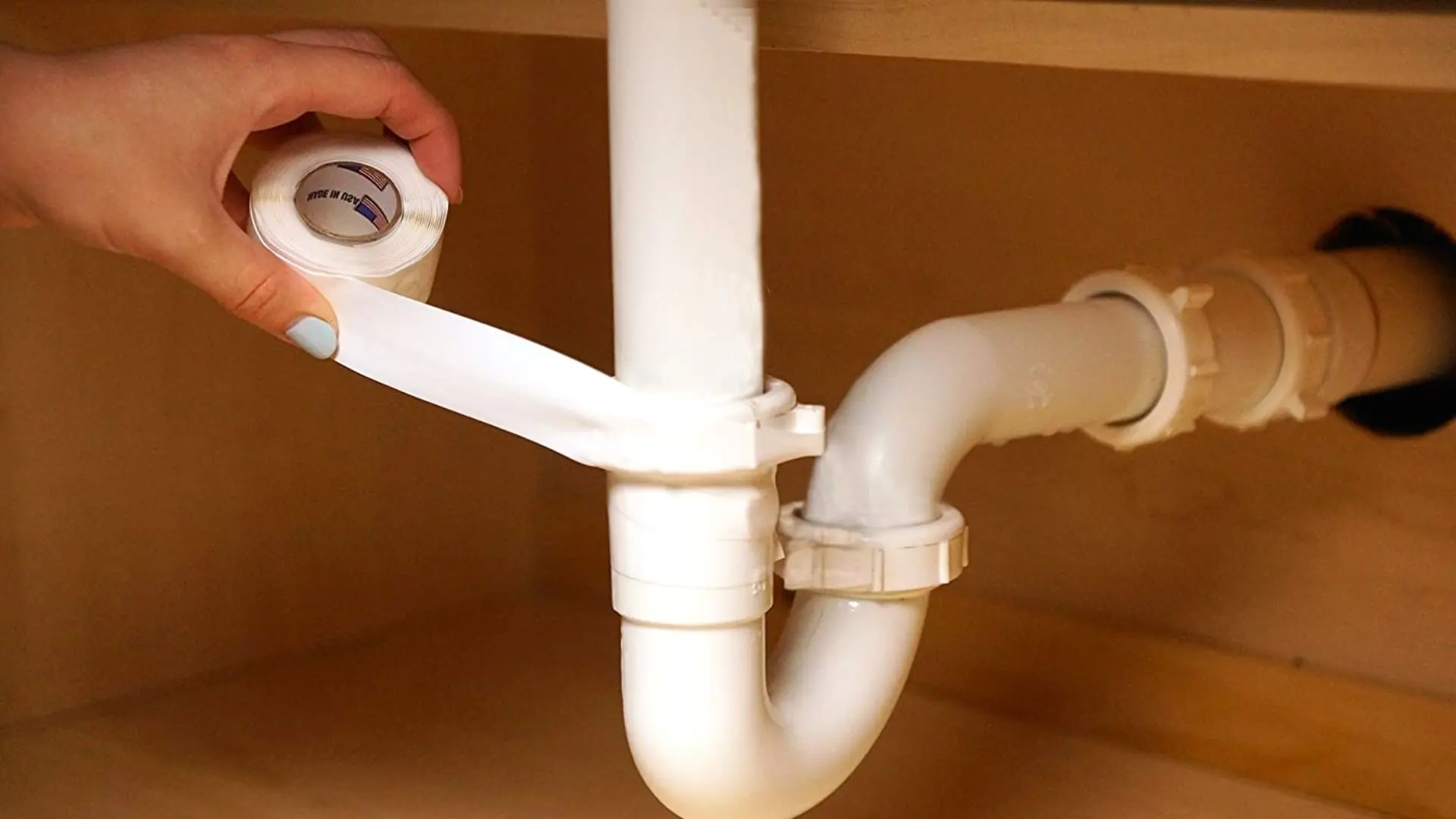 To ensure that you get the most out of your teflon tape, it is essential to apply it correctly. The first step is to clean the threads of the pipe and fittings to remove any dirt, debris, or old tape. Then, wrap the tape around the threads in a clockwise direction, making sure to cover the entire thread. Finally, tighten the fitting to create a secure and leak-proof seal.
In conclusion, using teflon tape for
kitchen sink pipes
is crucial for preventing leaks, water damage, and corrosion. It is an affordable, durable, and easy-to-use solution that can save you from potential plumbing disasters. So, the next time you are working on your kitchen design, make sure to include teflon tape in your list of essential materials.
To ensure that you get the most out of your teflon tape, it is essential to apply it correctly. The first step is to clean the threads of the pipe and fittings to remove any dirt, debris, or old tape. Then, wrap the tape around the threads in a clockwise direction, making sure to cover the entire thread. Finally, tighten the fitting to create a secure and leak-proof seal.
In conclusion, using teflon tape for
kitchen sink pipes
is crucial for preventing leaks, water damage, and corrosion. It is an affordable, durable, and easy-to-use solution that can save you from potential plumbing disasters. So, the next time you are working on your kitchen design, make sure to include teflon tape in your list of essential materials.



















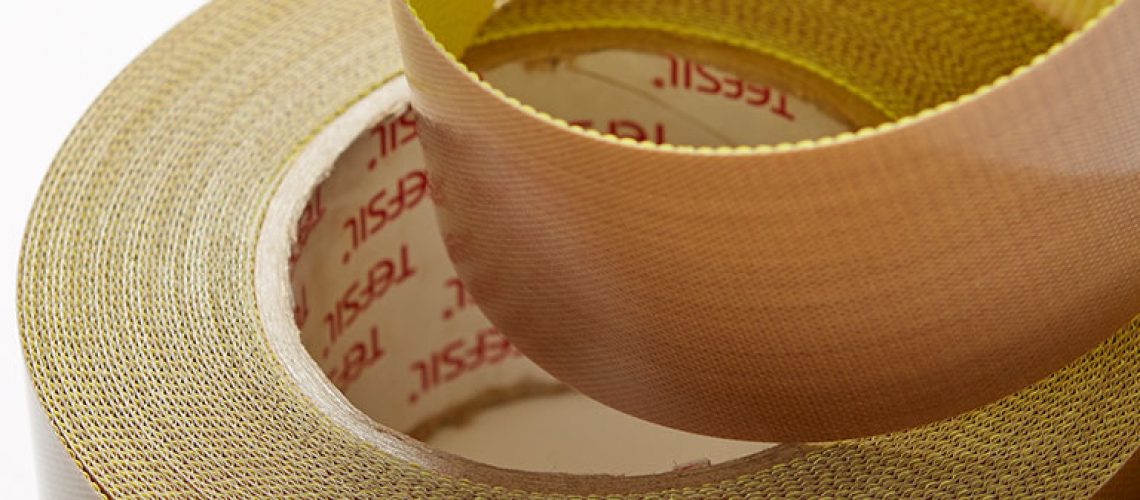




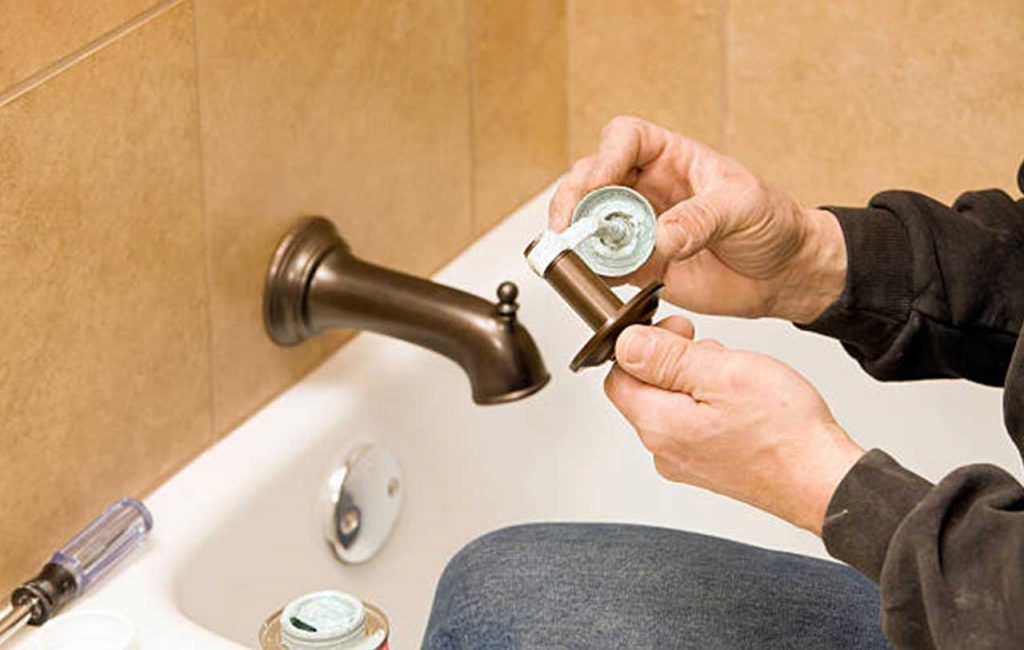


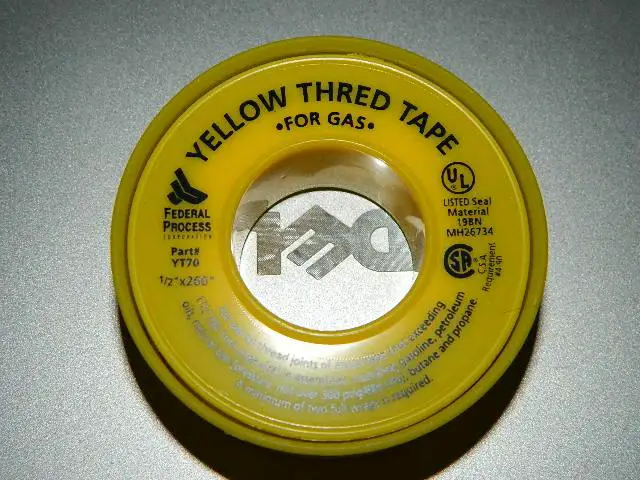
















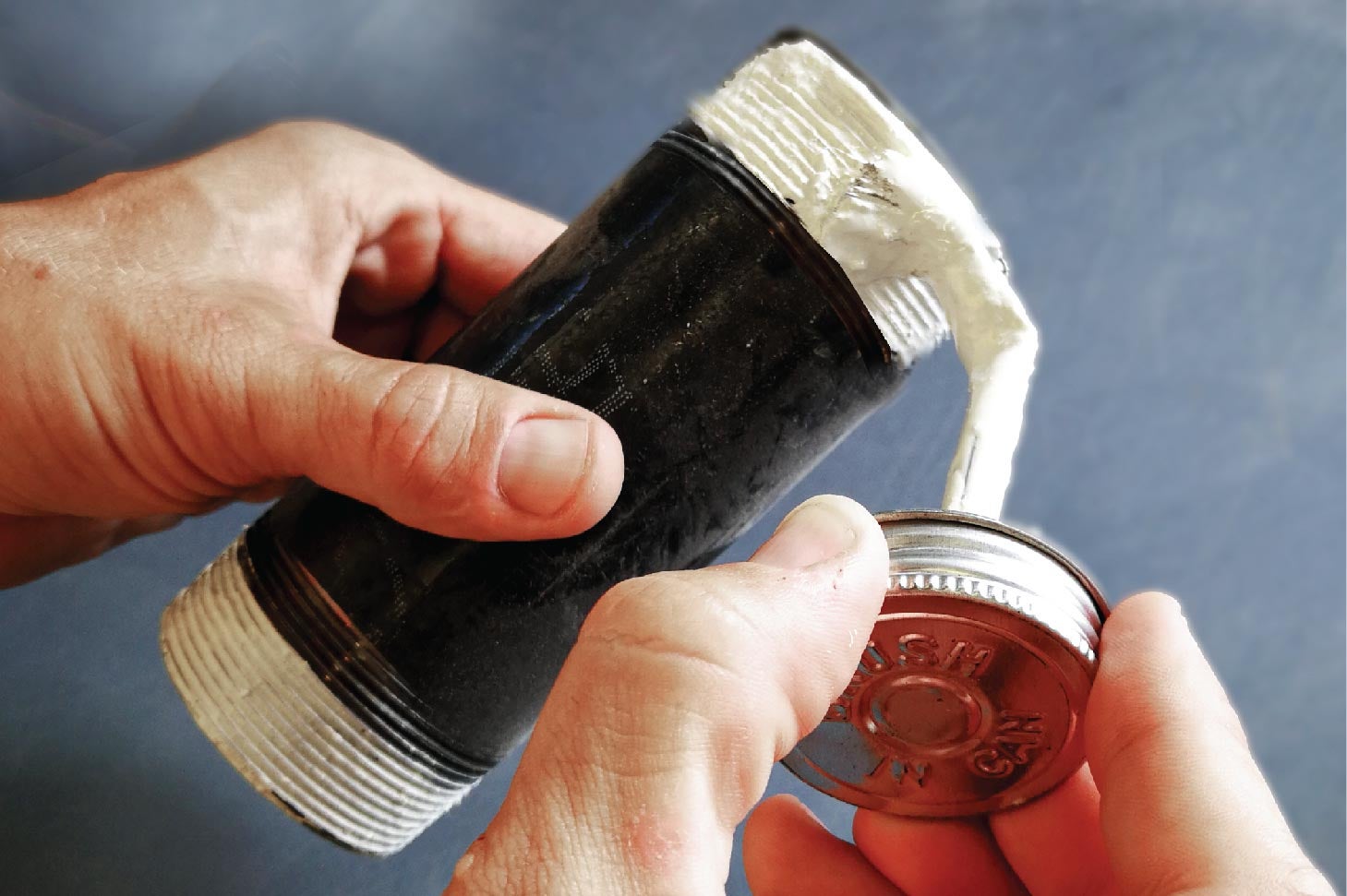

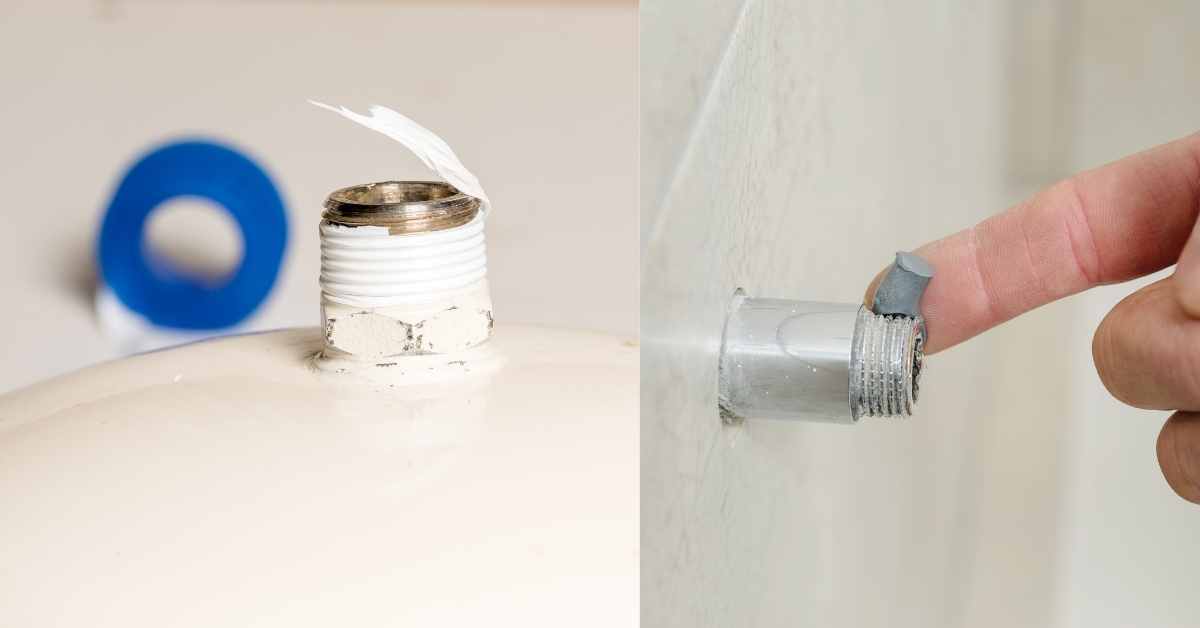








:max_bytes(150000):strip_icc()/how-to-install-a-sink-drain-2718789-hero-24e898006ed94c9593a2a268b57989a3.jpg)





























